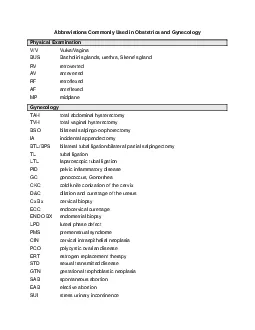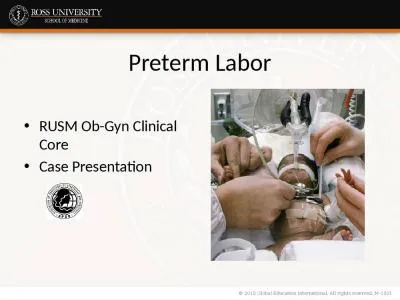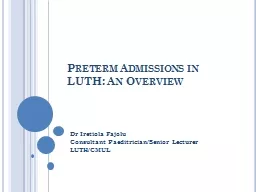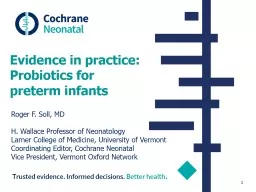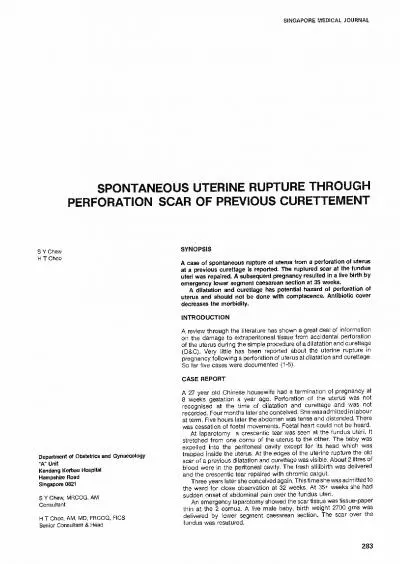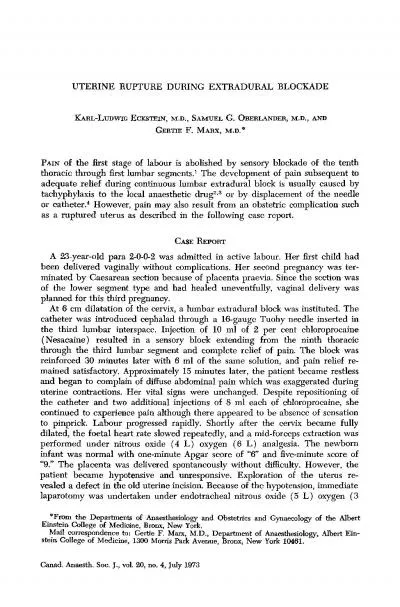PPT-Preterm rupture of membranes
Author : pagi | Published Date : 2024-01-29
MD F GHOTBIZADEH Obampgyn specialist Perinatalogist The management of PPROM is among the most controversial issues in perinatal medicine Points of contention include
Presentation Embed Code
Download Presentation
Download Presentation The PPT/PDF document "Preterm rupture of membranes" is the property of its rightful owner. Permission is granted to download and print the materials on this website for personal, non-commercial use only, and to display it on your personal computer provided you do not modify the materials and that you retain all copyright notices contained in the materials. By downloading content from our website, you accept the terms of this agreement.
Preterm rupture of membranes: Transcript
Download Rules Of Document
"Preterm rupture of membranes"The content belongs to its owner. You may download and print it for personal use, without modification, and keep all copyright notices. By downloading, you agree to these terms.
Related Documents





